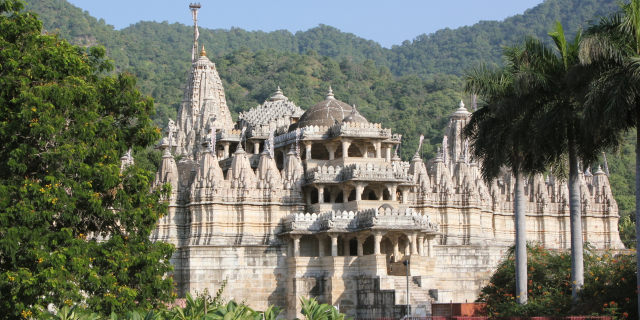सिद्धपुर
( Siddhpur )
Siddhpur, also spelled Sidhpur, is a town, municipality and headquarter of Sidhpur taluka in Patan district, in the Indian state of Gujarat. It is a historical place located on the bank of the endorheic Saraswati River, which is probably a remaining of the ancient Sarasvati River.
Siddhpur was historically known as Sristhal,[1] literally "a pious place".
The bard sings of it,[1]
Tirath bhumipavan Siddhakshetra subhasar,
Nirmal nir vahe Sarasvati sada mokshko dwar, ... —
"A Tirtha, a place to make holy, is the good Siddha Kshetra,
Where flows Sarasvati's pure stream — ever beatitude's door.
A city three worlds to purify, by Siddhs ever worshipped,
Gods, Rishis, and men cherish the desire to live there.
And there dwell devas unnumbered, as a tirtha regarding it, —
Of Kasi, Gaya, Godavari, and all other tirthas, the best ;
Where Kardam and Dehuti lived, and Kapila was born.
Here is Bindusarovar's pure fount, and Matrugaya;
Applied to the bodies of men degraded and fallen, it washes their myriads of sins.
Here is Prachi Mahadev, whose renown by Veda and Purana is sung:
Of all Tirthas, the essence — it is named Kapilashram."
In tenth century (943 AD), Mularaja, the founder of Chaulukya dynasty, started constructing the Rudra Mahalaya Temple.[1] On completion of the temple, around 1140 AD, Jayasimha Siddharaja consecrated it and established the town as his capital. He changed its name to Siddhpur, literally Siddhraj's town.[1] The temple was dismantled by an army under Almas Beg (Ulugh Khan) and Nusrat Khan sent by Alauddin Khalji in 1298–99.[1]
During the Gujarat Sultanate, the town was under the rule of local dynasty ruling from Palanpur. In the 15th century, the town was brought under the Mughal rule by Akbar. Under the Mughal rule the Hindu heritage of the town deteriorated further and the Rudramahalaya temple fell into ruins.
Asaita Thakar, traditionally credited for the origin of traditional folk theatre Bhavai, in 14th century, lived in Siddhpur.[2]
































Add new comment